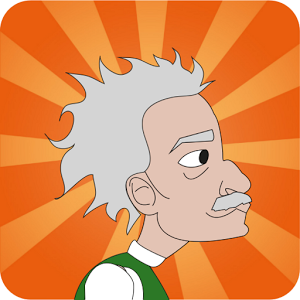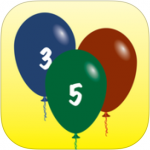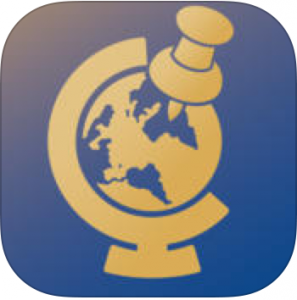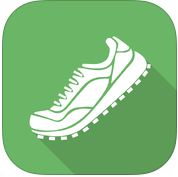Our publication about „Use Cases and Architecture of an Information system to integrate smart glasses in educational environments“ at this year ED-Media conference is now online available. The presentation slides have been published right here.
Abstract:
Wearable devices, such as smart glasses, are nowadays easily available on the market; therefore, these devices could be used to evaluate more and more use cases in educational domain. After a short introduction to smart glasses functionality, features and user interaction techniques, several use cases are defined and described. To integrate smart glasses into the educational domain, specialized information systems and infrastructure is necessary. A basic concept of a suitable information system is defined and explained by a sample use case. The main advantage of using smart glasses in educational domain is that users can interact with the device hands-free therefore (fine motor skills) tasks can be performed while receiving visual and vocal support simultaneously. Additionally the teacher/observer can evaluate the performance remotely. Wearable devices become better available and cheaper, but should only be used in suitable use cases where the learning experience could be improved.
[Full publication @ ResearchGate]
Reference: Spitzer, M. & Ebner, M. (2016). Use Cases and Architecture of an Information system to integrate smart glasses in educational environments. In Proceedings of EdMedia: World Conference on Educational Media and Technology 2016 (pp. 51-58). Association for the Advancement of Computing in Education (AACE)..
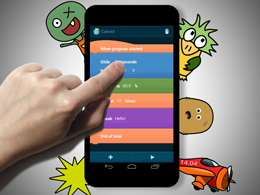 So schnell vergeht die Zeit und wir sind schon mitten in Woche 2 beim Online-Kurs: Learning To Code! Programmieren mit PocketCode. Diese Woche geht es in die Unendlichkeit, denn das Thema sind Schleifen:
So schnell vergeht die Zeit und wir sind schon mitten in Woche 2 beim Online-Kurs: Learning To Code! Programmieren mit PocketCode. Diese Woche geht es in die Unendlichkeit, denn das Thema sind Schleifen:

